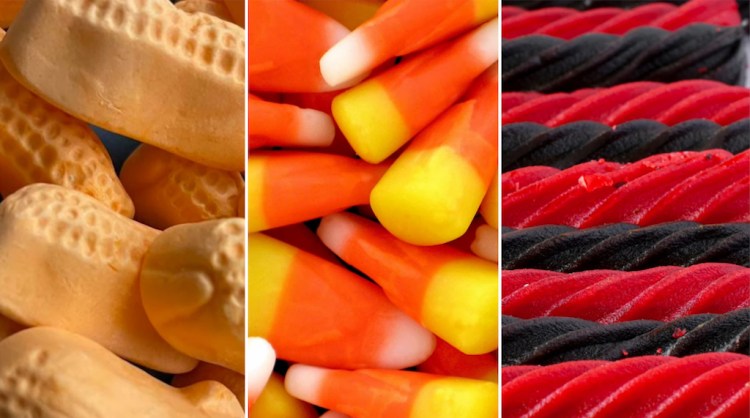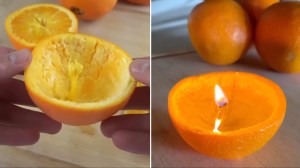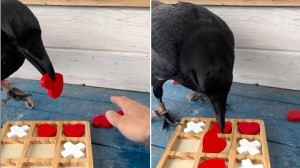Lance Geiger of The History Guy, who gives insightful looks into the past, spoke about the culinary history behind such polarizing Halloween candy as black licorice, Circus Peanuts, and Candy Corn.
Circus Peanuts, Black Licorice, and Candy Corn are possibly the most divisive Halloween treats. Each, however, has its own history that has allowed them to, perhaps surprisingly, have endured to show up in trick-or-treat bags and candy aisles for generations.

Geiger first dives into licorice, noting its ancient natural origins, medicinal uses, and not necessarily natural modern forms.
Black licorice flavor comes from a plant, a legume, which is widely distributed in Central and Western Asia Europe, and North Africa. Specifically, it comes from the plant’s root, which has a sweetness 30 to 50 times greater than sucrose. The word licorice comes from a corruption of the original Greek term and means sweet root. The root has been ingested in various forms for Millennia
He then moved on to the Circus Peanuts to try and understand why they are orange and why they have banana flavoring. Luckily, Spangler Candy offers a behind-the-scenes look at the process, and celebrity chef Andrew Zimmern explains the flavor in his book, Andrew Zimmern’s Field Guide to Exceptionally Weird, Wild, & Wonderful Foods.
Rumor has it, the weird choice to make them banana flavored stuck after a freak banana oil accident.
Last but not least, Geiger addresses Candy Corn, a classic sweet with nebulous origins.
Candy Corn’s origins date to the 1800s. There’s some disagreement, however. It’s usually said to have been invented in Philadelphia by German immigrant Philip Wonderly in 1865, Wonderly arrived in the United States and in 1871 began making candy in Philadelphia and in 1876 was joined by George Renegar according to Wonderly’s children. Renegar is said had to have invented buttercream or the material for candy corn in 1888. Renegar’s early works were shaped like acorns turnips and pumpkins the exact genesis of the Candy Corn is less clear
He concludes the video by pointing out that despite their divisive nature
Maybe we keep them around because they have such a wonderful history. You could call that nostalgia, you could call that tradition, you could even call that provenance, or you could simply acknowledge that history deserves to be remembered.






